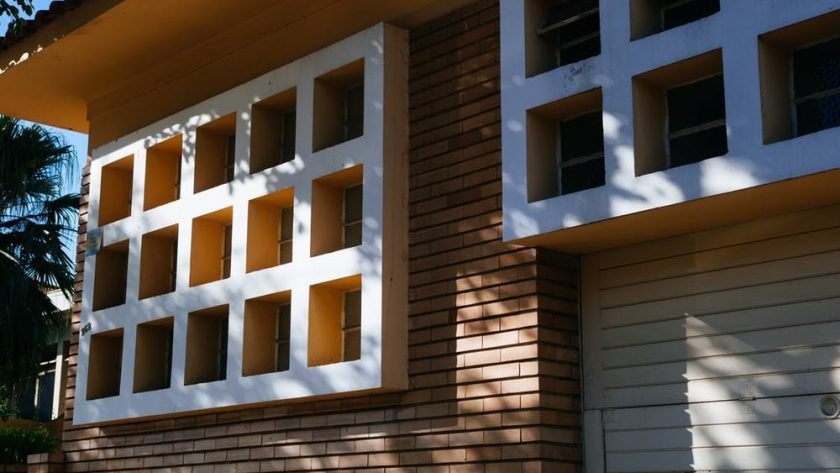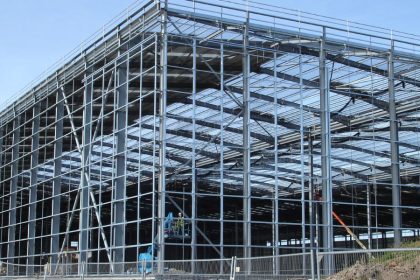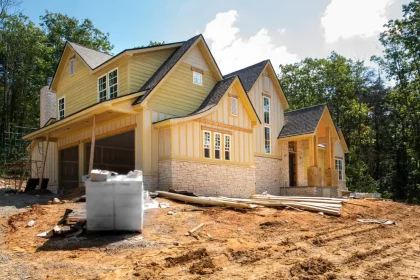Repointing a house is a crucial maintenance task that involves renewing the mortar joints between bricks or stones. Over time, weathering, moisture, and other factors can cause mortar to deteriorate, leading to gaps and cracks that compromise the structural integrity and aesthetic appeal of the building. Repointing not only restores the stability of the structure but also enhances its appearance. This guide outlines the steps involved in repointing a house to ensure a successful and long-lasting result.
Step 1: Assessment and Preparation
Before starting the repointing process, it’s essential to thoroughly assess the condition of the existing mortar and identify areas that require attention. Look for signs of crumbling, cracks, gaps, or loose mortar. Additionally, assess the type of mortar currently used and its compatibility with the replacement mortar.
Step 2: Gather Tools and Materials
Ensure you have all the necessary tools and materials on hand. This includes safety gear (gloves, goggles, dust mask), a trowel, pointing tools (pointing trowel, jointing tool), a hammer and chisel, a wire brush, a masonry grinder (if needed), a mortar mix, water, a bucket, and scaffolding or a ladder for access.
Step 3: Safety Precautions
Before beginning the repointing process, take safety precautions. Wear appropriate protective gear to shield yourself from dust, debris, and potential hazards.
Step 4: Removing Old Mortar
Use a hammer and chisel or a masonry grinder to carefully remove the deteriorated mortar from between the bricks or stones. Take care not to damage the surrounding masonry. Aim for a depth of about 1 inch to ensure a strong bond with the new mortar.
Step 5: Cleaning the Joints
After removing the old mortar, clean the joints thoroughly using a wire brush. This removes any remaining debris and promotes better adhesion for the new mortar. Make sure the joints are clean, free of dust, and slightly damp before proceeding.
Step 6: Mixing the Mortar
Prepare the mortar mix according to the manufacturer’s instructions. Typically, mortar consists of a blend of cement, lime, and sand. The proportions may vary based on the specific requirements of your project. Mix the mortar to a consistency that is workable but not too wet.
Step 7: Applying the Mortar
Using a pointing trowel, apply a layer of mortar into the cleaned joint. Press the mortar firmly into the joint to ensure it fills all gaps completely. Make sure the mortar is level with the surface of the masonry.
Step 8: Shaping the Mortar
Use a jointing tool or a rounded stick to shape the mortar to match the existing joint profile. This step is crucial for maintaining the original appearance of the structure. Experiment with different tools to find the best match for your specific brick or stone pattern.
Step 9: Finishing Touches
Once you’ve repointed a section of the wall, use a soft brush to remove any excess mortar from the surface of the bricks or stones. This helps to achieve a clean and neat finish. Allow the mortar to set for a day or two, depending on the weather conditions.
Step 10: Curing the Mortar
To ensure the mortar achieves maximum strength and durability, keep it damp for several days. Mist the repointed area with water regularly or cover it with damp burlap. Avoid direct sunlight and extreme temperatures during this curing period.
Step 11: Final Inspection
After the mortar has fully cured, inspect the repointed areas to ensure that the joints are strong, uniform, and match the surrounding masonry. Make any necessary touch-ups to achieve a seamless blend.
Step 12: Clean Up
Clean all tools and equipment used in the repointing process promptly. Dispose of waste materials, such as old mortar and debris, responsibly.
Repointing a house requires patience, skill, and attention to detail. While it’s possible to undertake this project yourself, it’s recommended to consult with professionals, especially for larger or more complex structures. Properly executed repointing can significantly extend the lifespan of a building while preserving its original charm. If you need professional assistance, consider reaching out to Brickwork Pointing.





